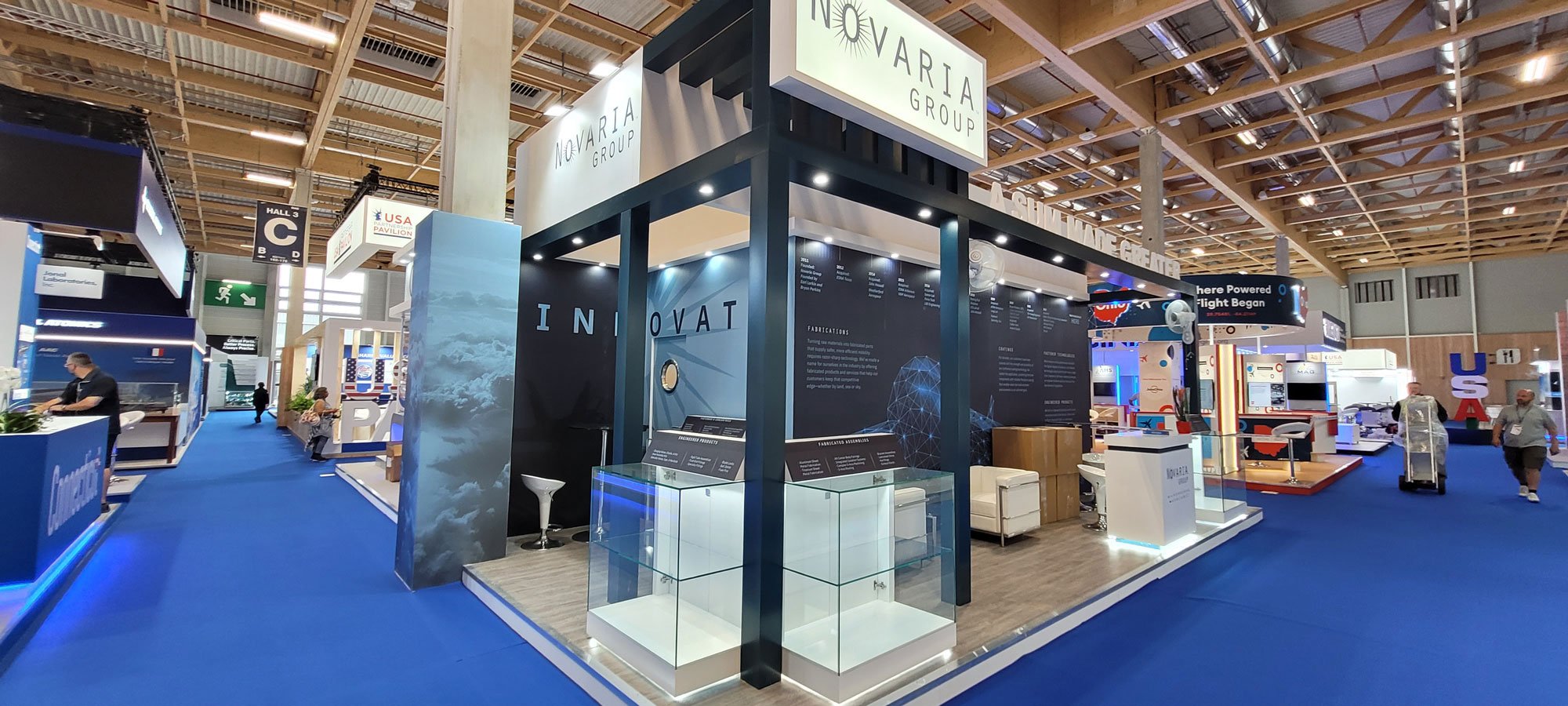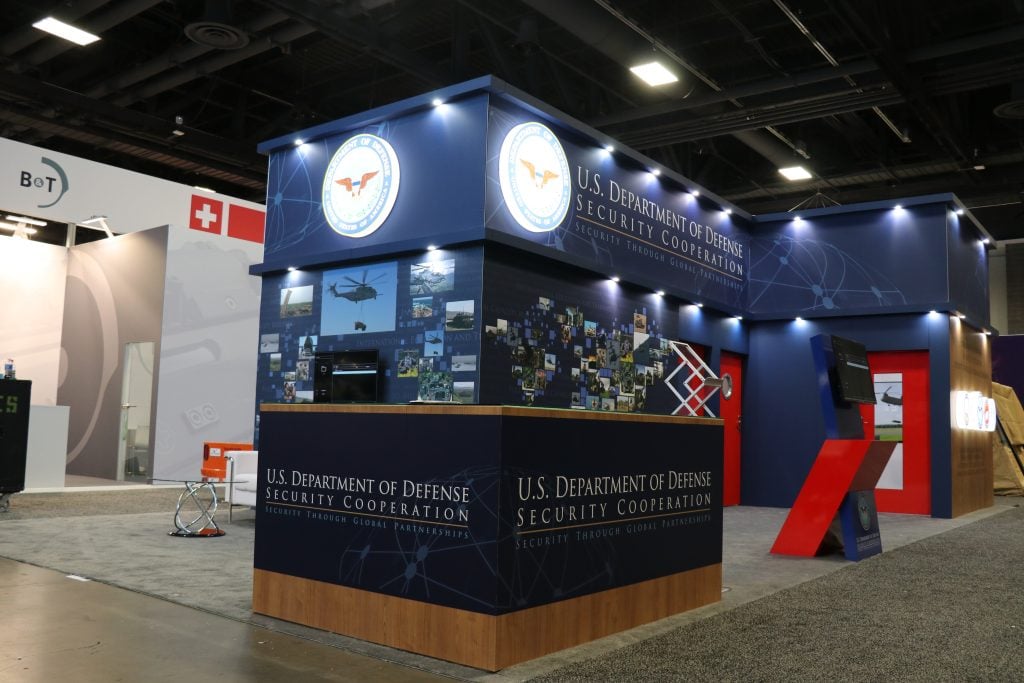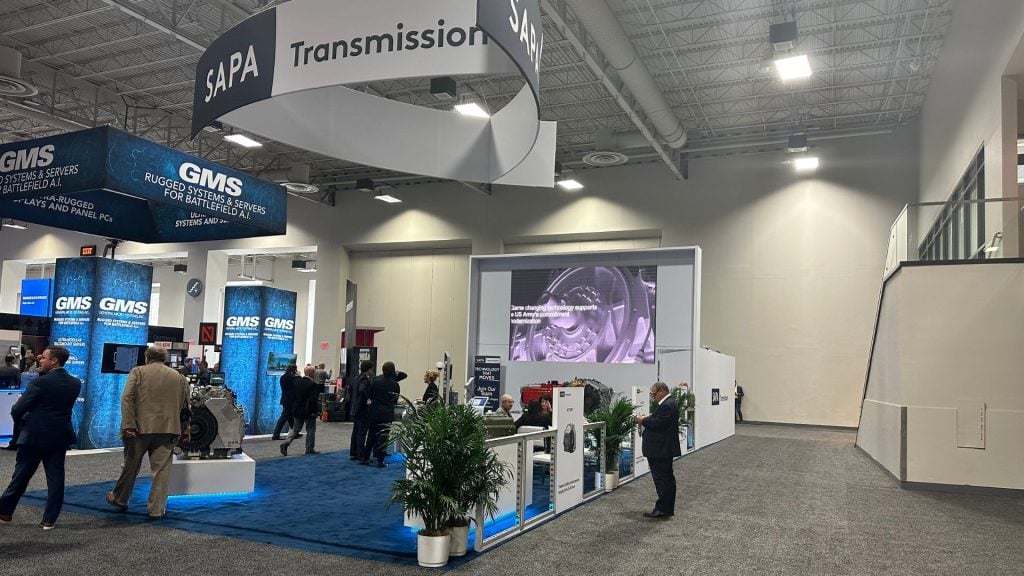
Introduction
Trade shows can throw unexpected challenges your way, and last-minute design changes are one of the most common curveballs exhibitors face. Whether it’s a sudden client request, a shift in booth layout, or unforeseen technical issues, being prepared to handle these twists is essential. Here’s how to stay agile and keep your exhibit on track, even when the unexpected strikes.
1. Leverage Modular Designs for Flexibility
Modular exhibit designs are your best friend when dealing with last-minute changes. These systems allow you to adapt, expand, or rearrange your booth setup without the need for a complete redesign.
- Scalability: If your exhibit space changes or new elements need to be added, modular components can be rearranged easily to fit the new requirements.
- Quick Modifications: Modular systems can be adjusted on-site, saving you time and preventing costly delays when last-minute changes occur.
- Cost-Effective: Rather than starting from scratch, modular booths allow you to reuse and adapt existing pieces, saving both time and money.
2. Collaborate Closely with Stakeholders
Clear, consistent communication is crucial when dealing with last-minute changes. Make sure all stakeholders—clients, designers, and vendors—are aligned to avoid misunderstandings and delays.
- Frequent Check-Ins: Regularly update your team and clients on the design progress. This minimizes the chances of last-minute surprises and allows for quicker adjustments if necessary.
- Approval Process: Have a streamlined approval system in place for design changes. This way, you can implement adjustments quickly without getting bogged down by unnecessary bureaucracy.
- Client Prioritization: Encourage clients to rank their requests in order of importance, helping you make informed decisions about which changes to prioritize given the time and budget constraints.
3. Utilize Real-Time Design Tools
When last-minute changes happen, being able to visualize the adjustments is key to avoiding costly errors. Leverage digital tools to keep everyone on the same page and adapt quickly.
- 3D Rendering Software: Use real-time 3D modeling to instantly show clients how changes will look and function in the booth. This speeds up decision-making and reduces miscommunication.
- Virtual Walkthroughs: VR or AR tools can offer clients a virtual tour of the booth, helping them understand how changes will affect the flow and design without needing physical adjustments.
- Project Management Platforms: Tools like Trello or Monday can help track tasks, share updates, and ensure that everyone is aware of the latest developments in real-time.
4. Prepare for the Unexpected
Being prepared for last-minute changes means having contingency plans in place. When surprises happen, you’ll be ready to pivot without missing a beat.
- Backup Materials: Always have extra materials on hand—like signage, fabric, and hardware—to accommodate unexpected changes without scrambling for supplies.
- Extra Labor: Ensure that you have additional crew members available to handle increased workload or unexpected setup demands, particularly during the installation phase.
- Vendor Flexibility: Partner with vendors who can accommodate rush orders or adjustments. Having a reliable network of suppliers ensures you can meet sudden demands without compromising quality or timelines.
5. Maintain Calm and Control
Last-minute design changes can be stressful, but maintaining a calm, solution-oriented mindset will help keep the process on track and prevent small challenges from escalating into bigger problems.
- Delegation: Assign tasks to your team to prevent bottlenecks and ensure that every aspect of the exhibit is being handled efficiently.
- Problem-Solving Focus: Rather than dwelling on the disruption, shift your focus to finding the best possible solution and executing it with precision.
- Client Reassurance: Keep your clients informed and calm by demonstrating that you have the situation under control. Confidence in your ability to manage last-minute changes builds trust.
Conclusion: Turning Twists into Opportunities
Last-minute design changes don’t have to derail your exhibit’s success. By staying flexible, collaborating effectively with stakeholders, and leveraging the right tools and strategies, you can tackle unexpected design twists with confidence. In fact, these challenges can become opportunities to showcase your adaptability and deliver an exhibit that exceeds expectations—even in the face of curveballs.


 Global
Global Europe
Europe

